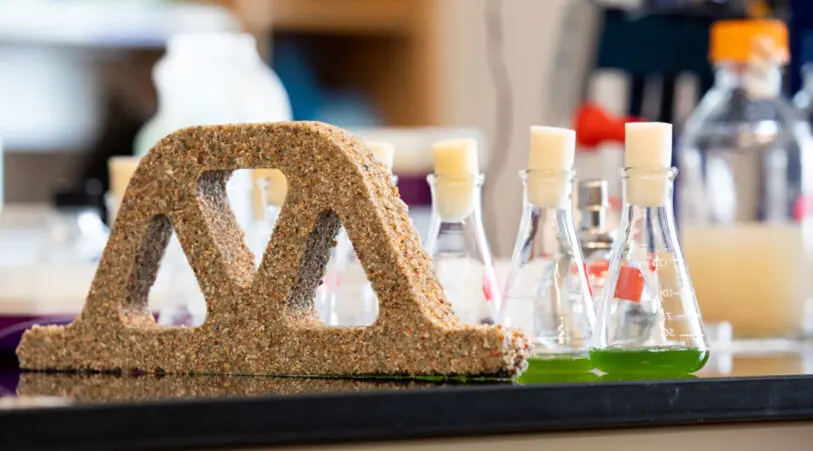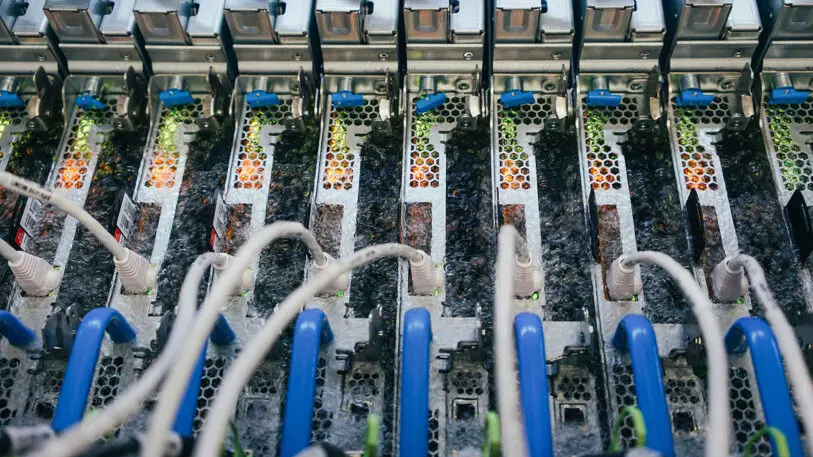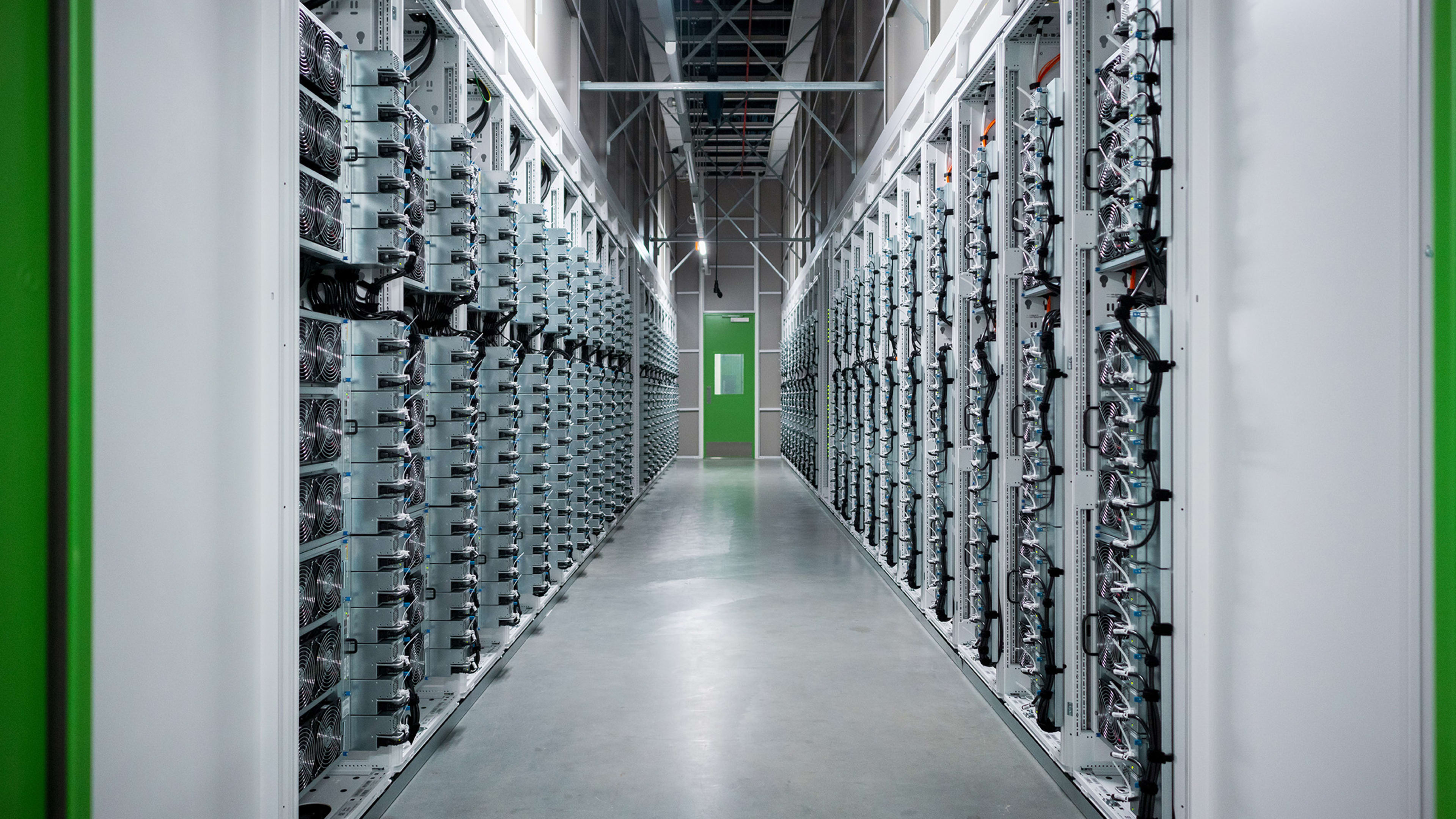Every year for the foreseeable future, Microsoft expects to build 50-100 new data centers to keep up with customer demand. That’s a challenge for a company that has a goal to soon be carbon negative—meaning it sequesters more carbon that it emits—and water positive, meaning that it returns more water to the environment than it uses. Right now, even though technology keeps getting more efficient, data centers still use huge amounts of energy and water (to keep the data centers cool); globally, the industry uses an estimated 200 terawatt-hours of electricity a year, or more than some countries.
Inside the company’s datacenter “advanced development” team, researchers are exploring how future data centers can change, with solutions from the understandable—hydrogen fuel cell backup power—to the far-out, like building the centers out of algae bricks “We readily say the technology we need for five and ten years out doesn’t largely exist yet,” says JoAnn Garbin, director of innovation for the datacenter advanced development team. “We investigate what’s needed. And then we create it.”


The company is also looking at potential new materials for technology, including circuit boards made from renewable materials. “The vision is that essentially, you can recycle, reuse, or biodegrade everything that you use,” says Karin Strauss, senior principal research manager in the Microsoft Research team. The company now has a “circular” center in Amsterdam that harvests parts from old servers so that the components can be reused, reducing electronic waste.
Right now, data centers rely on diesel generators for the rare occasions that backup power is needed. Last year, Microsoft tested a proof of concept to use hydrogen fuel cells for backup instead, running a row of servers on the new system for 48 hours. The next tests will look at how the technology performs in real-life conditions. The company is also working with suppliers to build up a supply chain for the fuel cells that doesn’t yet really exist. “We’re also working with the hydrogen industry and other players that are moving into the industry to figure out how we develop the supply chain to support it, because that’s, of course, one of the things that is a limiting factor,” says Christian Belady, vice president of the Advanced Development team. “This is the chicken and the egg problem—the infrastructure isn’t yet there.” The infrastructure also has to be built to make hydrogen fuel using renewable sources rather than fossil fuels.

The company is also thinking about new ways to interact with ecosystems outside each data center. Around a data center in Amsterdam, for example, it’s restoring a forest and wetland. “It provides the visual screening, the noise screening, the beautification that we would generally go for in our landscaping, but then it goes further to solve for biodiversity and water purification, soil health, and stabilization and all of those things that our system solves that nature does inherently,” says Garbin. “That underlying premise of biomimicry is really how can we function like nature? So it’s really a first pilot of that mindset and those tools.”
Recognize your brand’s excellence by applying to this year’s Brands That Matter Awards before the early-rate deadline, May 3.
